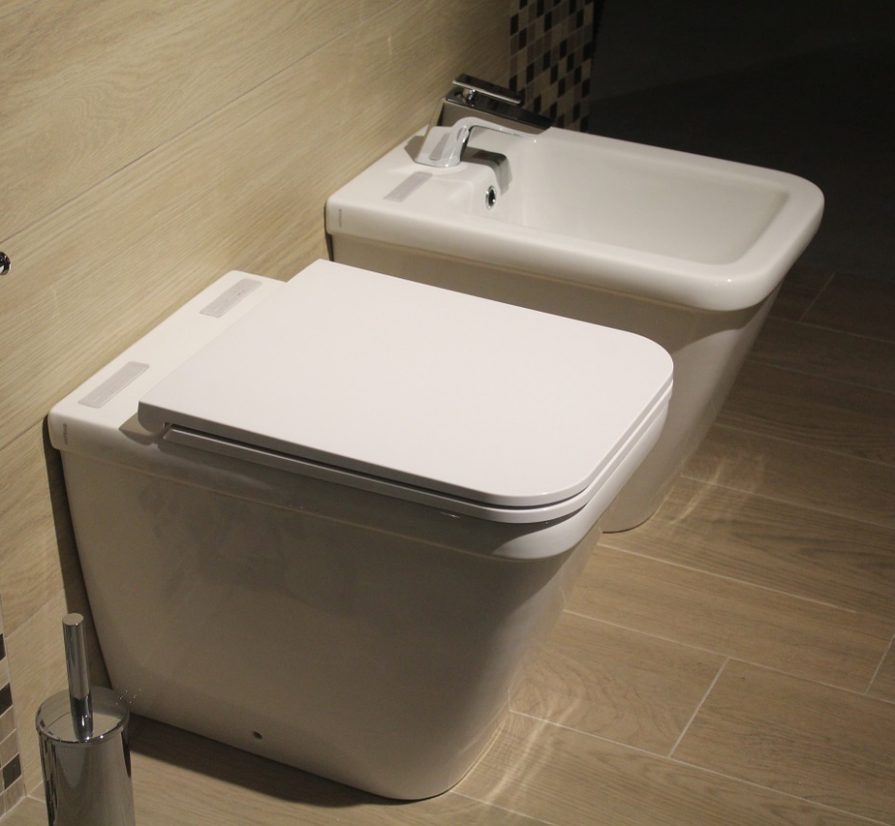
You’re reading this because you’re curious. Don’t deny it! So what, exactly, is a bidet? Maybe you’ve seen one, a few of you have even used one and a tiny fraction of you may be so bold as to own one. Bidets are commonplace in European and Asian countries, but they’re typically looked down upon in America. Here’s a brief history.
Bidet, a French word (shocker!), means “small horse” and was given this name due to the manner in which one must straddle the piece. The concept of using water to clean private areas dates back to 2500 BCE, about the same time archeologists believe the first toilets were created (Egyptians) and the first forms of toilet paper used (Chinese). The bidet became very popular in France around the 1700s. At that time, people were lucky to take a bath once a week. The bidet allowed them to feel clean without bathing their entire body. The first bidets used streams of water to cleanse private areas.
The following timeline highlights the history of the bidet:
1700s – The stand alone, separate from toilet bidet makes its appearance
1710 – First bidet installed in the home of the French Royal Family
1750 – Bidets advertised in popular French catalogue
1900s – Bidets moved from the bedroom to the bathroom
1960 – The electronic bidet invented for people with limited space for a toilet/bidet separate
1980 – Japan commercializes the bidet. They improve technology, features, functions and settings. Now, more than 50% of Japanese homes have a bidet
Types of bidets:
Classic – These antiques were made of porcelain and adorned with fine metals and jewels. They were separate from the toilet and stand alone. They used hand pump to fountain the water flow.
Modern – Features sit-down wash basin. It stands next to the toilet and resembles a toilet.
Popular – These bidets mix hygiene and technology
- Heated rim – Hot and/or cold water enters bowl below the rim
- Spray – Vertical or over-rim sprayer
- Combination – Both hot and cold function with vertical sprayer. These are the most popular.
Hopefully, this blog quelled some of the burning questions you had in regards to this taboo restroom appliance. Why don’t American use bidets? Well, my hypothesis is that we have maintained our Puritan roots and shun this technology due to its taboo purpose. Whatever the reason, the American conscious is changing and adapting to a bidet-filled world. Sales have risen and Toto’s combination bidet seat (ranges from $500-$1,200) flies off shelves and passes reviews with flying colors.

